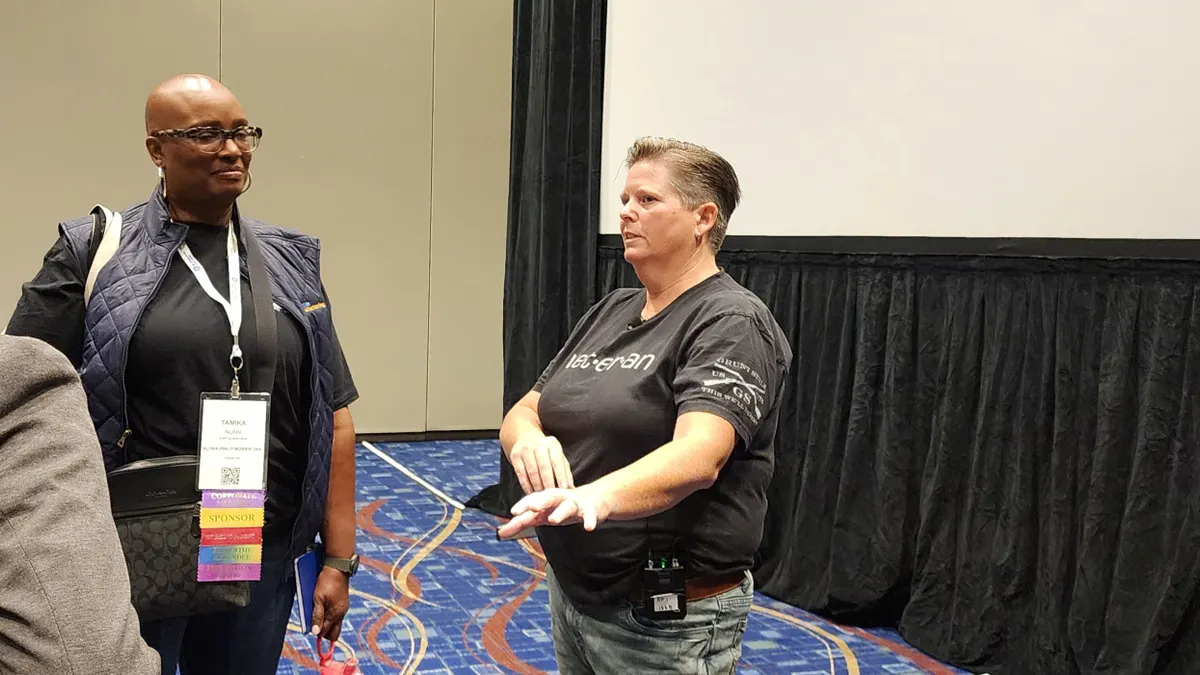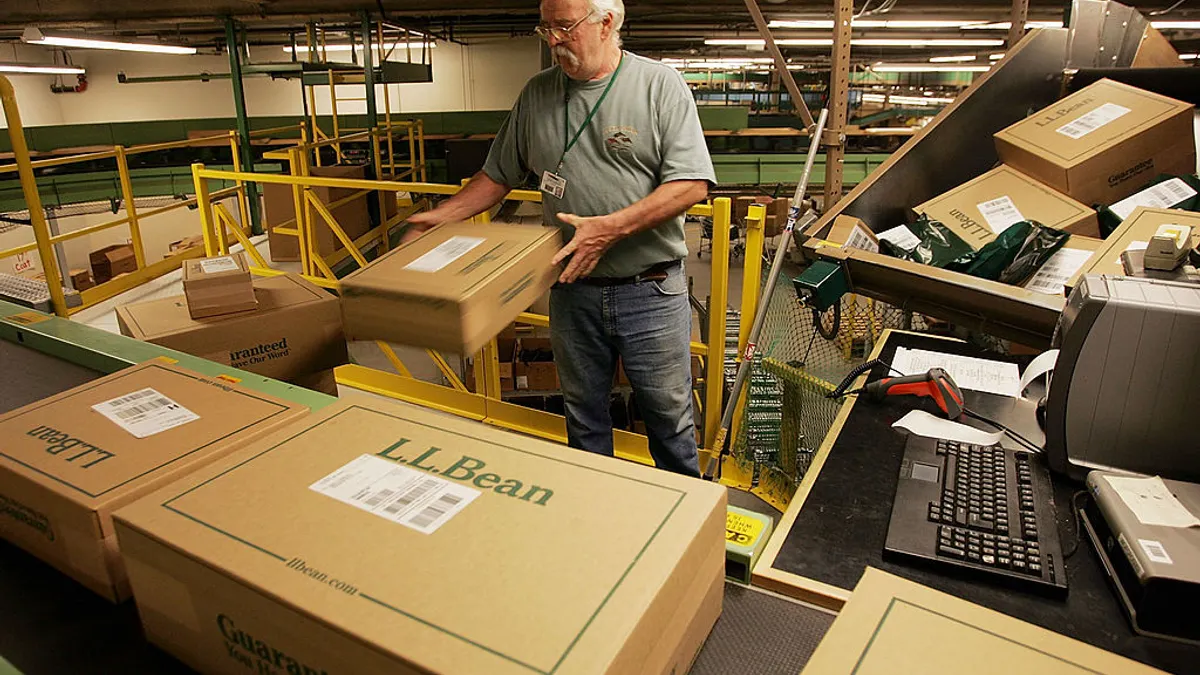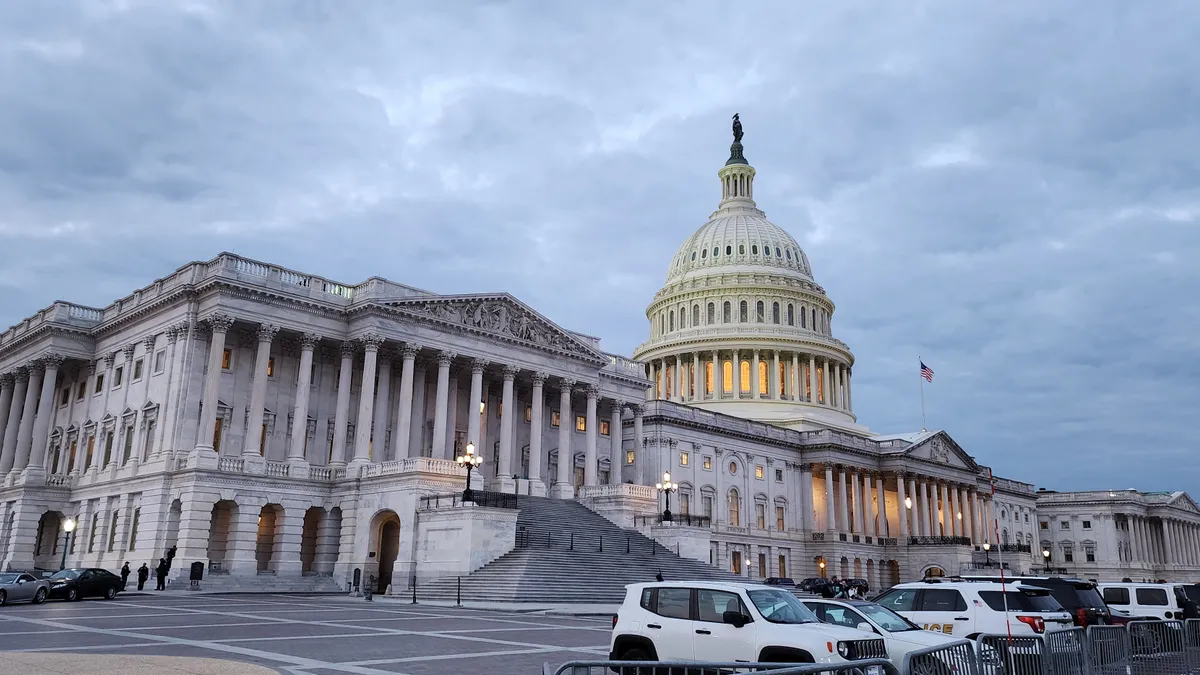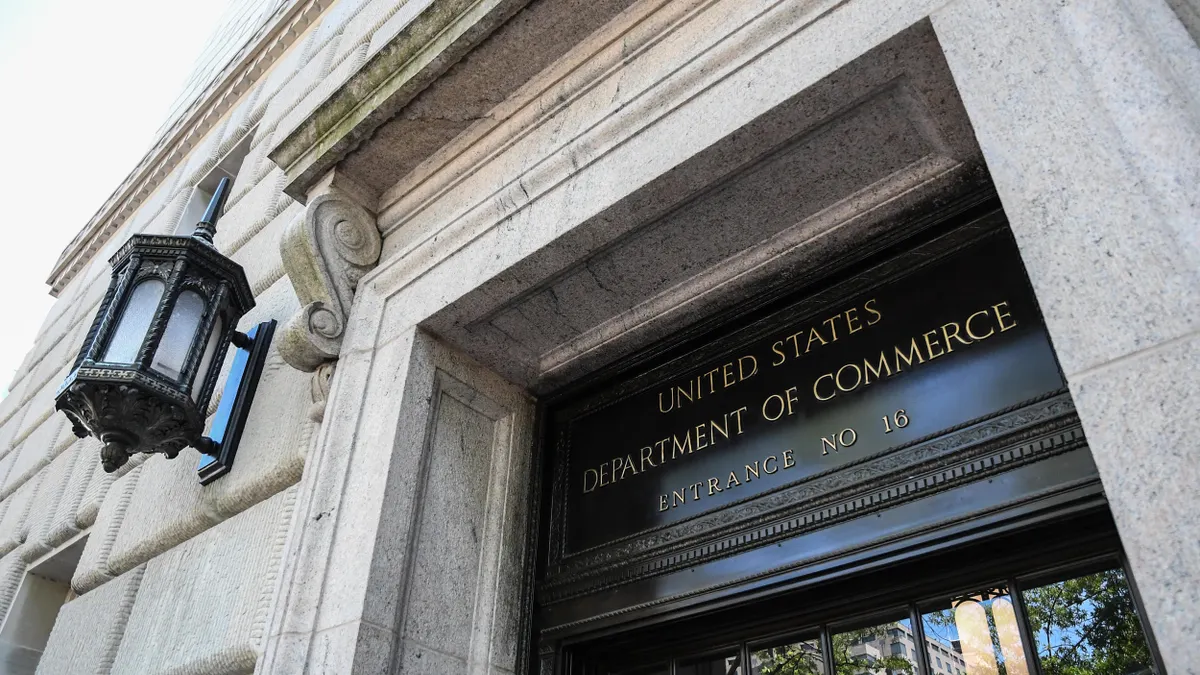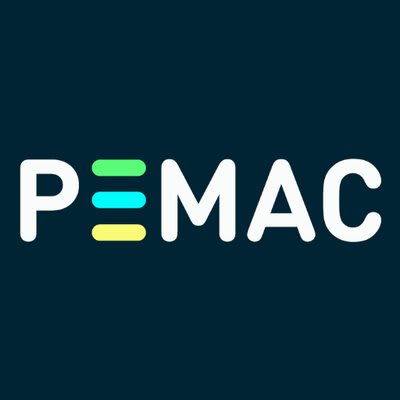Consumers who followed the trend toward paper or plant-based straws are now contending with evidence that some of these alternatives to plastics might come with new issues.
Single-use plastic straws — millions of which Americans use and discard every day — have over the last decade become a poster child for environmental degradation. They stand accused of polluting oceans, sickening wildlife that ingests them, and releasing PFAS into soil, air and water.
Dozens of municipalities, as well as states like Vermont and Delaware, have passed plastic straw bans or limited their use in recent years. Meanwhile, California’s ban on food packaging containing PFAS went into effect in January, with 11 other states taking some form of anti-PFAS action for such packaging. As a result, some food service ware companies have launched plastic-straw alternatives meant to have gentler environmental consequences.
But when it comes to PFAS in particular, some of these alternatives are proving to be “regrettable substitutes that just add to the problems” rather than solving them, said Kimberly Warner, senior scientist at conservation nonprofit Oceana, via email.
Breaking down the research
To wit, a 2021 study published in the journal Chemosphere found no measurable per- and polyfluoroalkyl substances in tested plastic straws, but 21 PFAS in 36 out of 38 biodegradable paper and other plant-based straws.
More recently, researchers at the University of Antwerp in Belgium found PFAS in almost every type of straw they tested, including plastic but excluding stainless steel. According to the researchers, this included “primarily those made from plant-based materials” like paper and bamboo. As a result, they wrote that “these ‘eco-friendly’ plant-based straws are not necessarily a more sustainable alternative to plastic straws, because they can be considered as an additional source of PFAS exposure in humans and the environment.”
The 2021 study presumed PFAS was added purposefully to make non-plastic straws water-repellant. This hypothesis was also at the root of the Belgian researchers’ study at its outset. However, they eventually came to a more alarming conclusion: An indeterminate level of PFAS had found its way into these products accidentally — possibly “due to the usage of recycled contaminated paper fibers … or to contamination of source materials or the processing of water … [or] to biosolids, which are being used as fertilizer in agriculture.” The researchers also noted that straws made from plants grown in PFAS-contaminated soil might retain those chemicals.
“This is a factor of, the world is just contaminated with PFAS — you’ve got this contamination in the environment that’s likely being carried over into the product, or it’s in the place where [the product] is being processed,” said Mark Rossi, executive director of Clean Production Action, a group that certifies “preferred chemistry” (and PFAS-free) food service ware. “That’s why you really have to turn off all the taps to PFAS to stop this level of contamination.”
Oceana’s Warner notes that efforts to scrutinize and regulate PFAS on the international and national level are gaining traction. For starters, the Global Framework on Chemicals and Waste recently devised a “roadmap” for countries to manage and phase out the use of the most harmful chemicals, “which one hopes will include PFAS,” she wrote. Warner also pointed out that the U.S. EPA recently strengthened the 1976 Toxic Substances Control Act to require reporting for U.S.-manufactured and used PFAS. However, she said the U.S. Food and Drug Administration “still allows certain PFAS use in food contact applications.”
What’s next
But what will these efforts mean for the drinking straws through which many Americans still slurp their beverages?
Multiple alternatives to plastic straws show up in the database of the Biodegradable Products Institute, an organization that certifies products as compostable. This means they must be free of intentionally added PFAS, with total organic fluorine measuring under 100 parts per million.
Paper and bamboo fiber straws make appearances in BPI’s database, as do various plant-plastic options: PHA made from vegetable oil, sugar, or glucose; plant oil-based PHBH; corn-based PLA; and bioresin made from potato starch and lignin. These alternatives populate the environment-friendly lines of industry heavyweights like D&W Fine Pack and Reynolds Consumer Products, as well as dedicated sustainable brands such as Terravive.
Do all BPI-certified straws have comparable effects on the environment and human health? “We don’t have favorite children. If it’s a paper straw or a PHA straw that’s been certified with BPI, then it passes muster in terms of degradability and product safety,” said Alex Truelove, legislation and advocacy manager.
But there are further complexities to sustainability claims made about straws. Some suppliers to brands refuse to disclose the “secret sauce” chemical ingredients in their products, said Rossi. This means they’re ineligible for CPA certification because the organization requires 100% ingredient transparency.
Additionally, he said, the costly assessment needed to “go to the next level of certification, saying, we use environmentally preferable chemistry in our products” is hampered by “minimal demand from institutional consumers.” As a result, straws may in fact be PFAS-free but still contain those regrettable substitutes. “It’s really important to know what those alternatives are,” he said.
Some states are requiring producers that claim compostability to back it up, which Truelove said could be driving more third-party certification. “Though I don’t know if it is driving compostable products more broadly,” he said.
Additionally, some PFAS-free straws never make it into compost bins, at least partly because consumers are confused about how to dispose of them. Truelove said that if a smoothie-coated straw can be composted then tossing it in the trash is a lost opportunity to limit food waste. For this reason, BPI supports policies that require color-coding for straws and other food service ware — for example, green for certified compostable.
Meanwhile, anti-plastic advocacy nonprofit Plastic Pollution Coalition is pushing for “plastic-free, non-toxic, reusable straws ... which are always better options over any single-use straw as they reduce wastefulness,” said Jackie Nuñez, advocacy and engagement manager, in an email.
Oceana’s Warner, who is helping devise standards for non-toxic reuse materials and containers, agrees. “The circular economy and reuse is the way to go,” she said. “We just have to make sure the chemicals used in these products that we are reusing or recycling are safe.”




